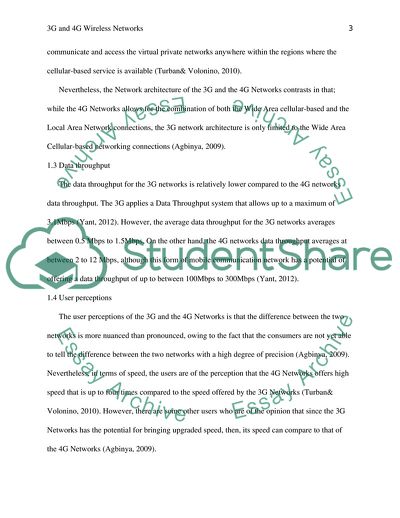Cite this document
(3G and 4G Wireless Networks Term Paper Example | Topics and Well Written Essays - 1250 words, n.d.)
3G and 4G Wireless Networks Term Paper Example | Topics and Well Written Essays - 1250 words. https://studentshare.org/engineering-and-construction/1844821-4g-wireless-networks
3G and 4G Wireless Networks Term Paper Example | Topics and Well Written Essays - 1250 words. https://studentshare.org/engineering-and-construction/1844821-4g-wireless-networks
(3G and 4G Wireless Networks Term Paper Example | Topics and Well Written Essays - 1250 Words)
3G and 4G Wireless Networks Term Paper Example | Topics and Well Written Essays - 1250 Words. https://studentshare.org/engineering-and-construction/1844821-4g-wireless-networks.
3G and 4G Wireless Networks Term Paper Example | Topics and Well Written Essays - 1250 Words. https://studentshare.org/engineering-and-construction/1844821-4g-wireless-networks.
“3G and 4G Wireless Networks Term Paper Example | Topics and Well Written Essays - 1250 Words”. https://studentshare.org/engineering-and-construction/1844821-4g-wireless-networks.


